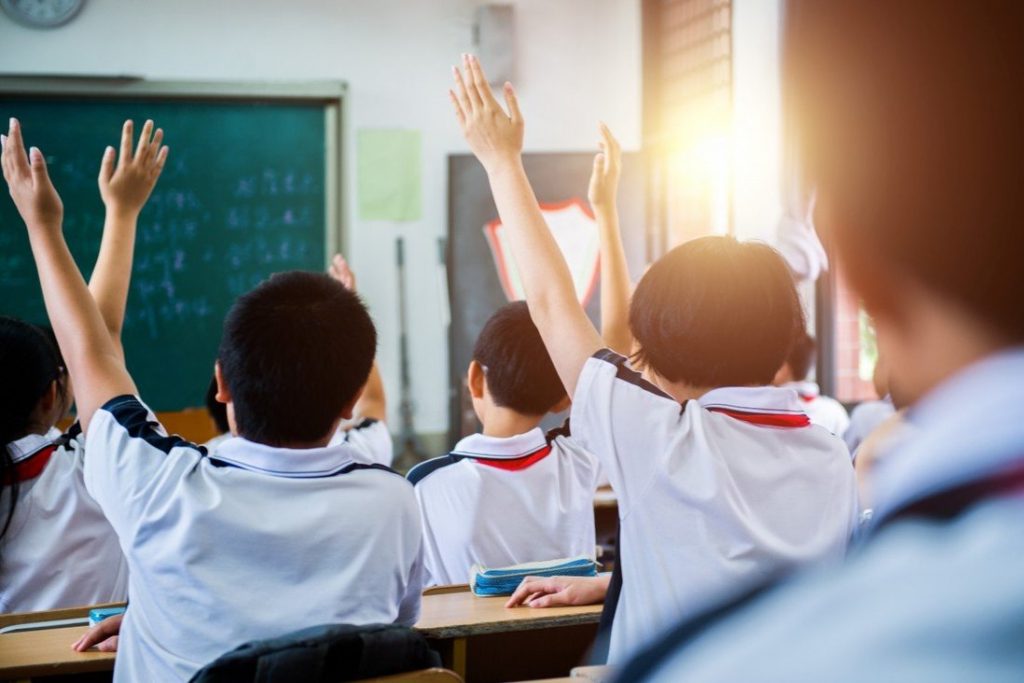
- ARAB NEWS
- 15 Jul 2025

Mohammed Al-Shamaa
Egyptian-Japanese schools in Egypt are preparing for the new academic season which begins in October. Among them is the school in Sharm el-Sheikh, which was inaugurated by the Egyptian Minister of Education, Tariq Shawky, and the Governor of South Sinai, Major General Khaled Fouda, last March.
The Egyptian-Japanese School is located in Sharm El Sheikh, near King Salman University in the governorate. The total area of the school is 10,000 square meters, and the school consists of 28 classrooms from kindergarten to secondary school. It was built at a cost of 28.5 million pounds.
The Minister of Education said in press statements that the “tokatsu” education system in Japanese schools focuses on building the child’s personality and developing his skills, and that it is a part of the Egyptian state’s plan for education.
The Japanese School in Sharm El Sheikh is the second such school in the governorate after a Japanese school was established in Tur Sinai, which opened in October 2018.
The Egyptian-Japanese School has finished conducting personal interviews for students initially accepted to the school for the new school year 2021/2022. Prospective students applied to enroll in the school through the schools’ website, under the supervision of the Egyptian-Japanese Schools Administration Unit at the Ministry of Education. This system came after the cancellation of paper submissions mainly due to the precautionary measures implemented by the state due to the Coronavirus.
The interview procedures included a personal interview with parents, submission of supporting documents for the application, and a maths test and a cognitive skill test for the child. Personal interviews were also conducted for students applying for the Kindergarten stage.
Mahmoud Abdel-Aal, Director of the Egyptian-Japanese School, said that if the submitted documents are found to be incorrect, the child will be excluded, and the next child on the waiting list will be chosen. He added that interview results will be announced after sending the final lists through the Egyptian-Japanese School Management Unit after the interviews are completed in all schools nationwide.
Abdel-Aal explained that among the conditions is that the child is to be of Egyptian nationality, and that their age matches the learning stage the child has advanced to. He added that priority will be given to students whose guardian lives near the school.
The last academic year witnessed the entry of 5 new schools into the Egyptian-Japanese school system, bringing the total number of schools nationwide to 48 schools. A plot of land on an area of 10,000 square meters in Ras Sidr was allocated for the construction of An Egyptian-Japanese school, similar to the ones in Tur Sinai and Sharm El-Sheikh.
The Egyptian-Japanese schools teach the new Egyptian curriculum in addition to the Japanese “tokatsu” activities that work on developing the child’s personality and instill in him belonging and teamwork.
The educator, Safwat Al-Jamai, spoke to Arab News about the “tokatsu” method. He explained that it relies on activities that help the studrnts with daily life, self-development, health and safety and creativity. It encourages a student council to help with management and planning of the activities, and there are cultural exchange programs for different age groups within the school.
It also entails activities that develop a sense of belonging and solidarity towards others, in addition to the feeling of working for the public interest through practical activities carried out by students.
These activities, according to Al-Jameli, transform the role of the teacher from a teacher to a facilitator. They are no longer merely teaching facts and concepts leading students to a right or wrong answer, but rather facilitating social and emotional learning for the student through trial and error in an individual or group environment.
The activities also enable the development of the personal and social skills needed when students enter the real world, and it requires them to share tasks, set rules, experience leadership as well as follow rules and adhere to order.